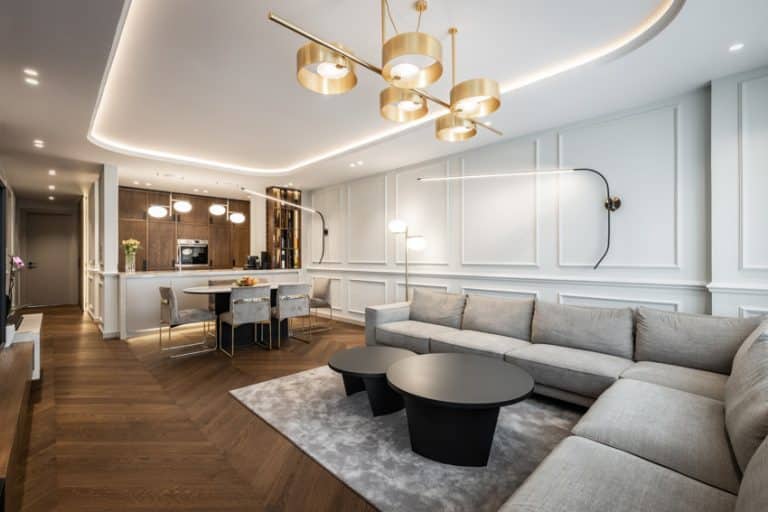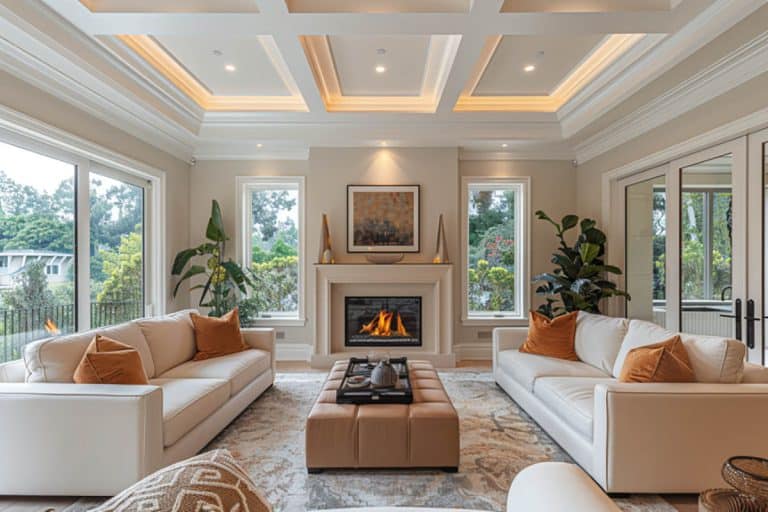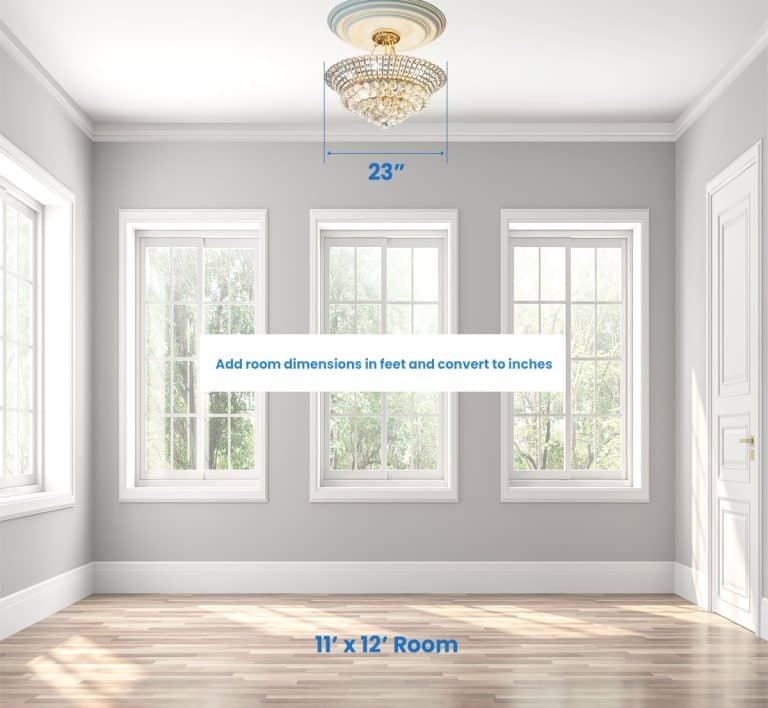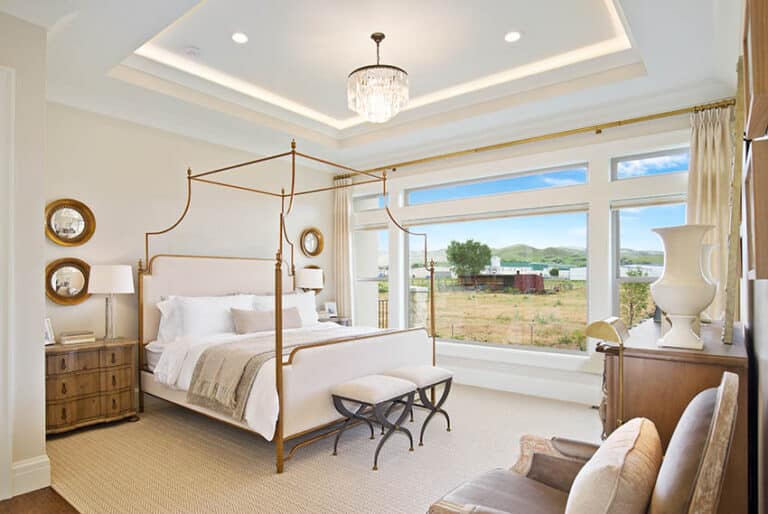7 Drawbacks to Consider Before Choosing Track Lighting
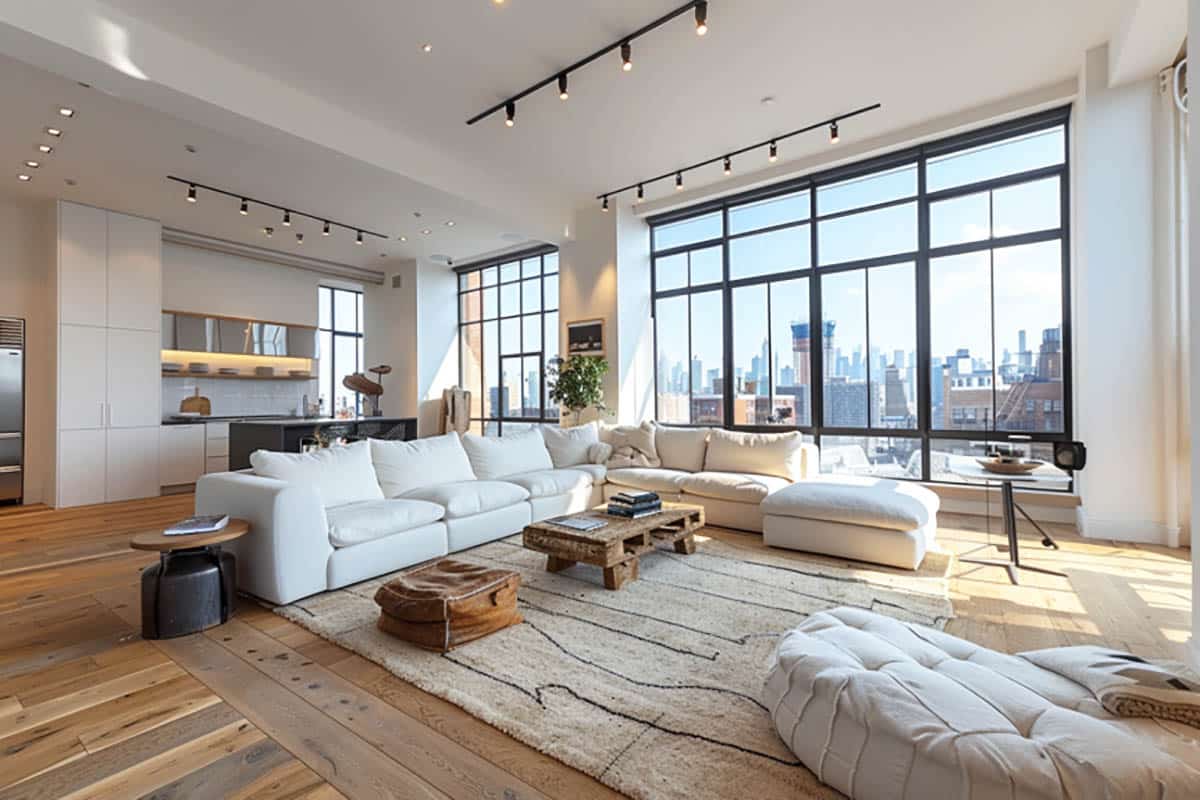
Track lighting may seem like an ideal choice with its flexibility and modern style, but before installing it, consider some potential drawbacks. Wiring and placement restrictions can limit where tracks go, creating dark spots. Spotlighting effects may not suit all spaces or tasks. Controls can seem complex with multiple fixtures and placements. In addition, glare and eye strain are common complaints. And visible tracks and fixtures may detract for some room styles.
Weighing cons against pros will lead to the best lighting solution for both form and function. Thinking through issues ahead of time ensures you pick the optimal setup. Lets start with some of the reasons you may want to think twice.
Track Lighting Disadvantages
Can create uneven lighting – Track lighting casts directional beams focused on specific spaces rather than dispersing light evenly across a whole room. The focused nature of track lights can create uneven illumination or glare in areas needing consistent lighting coverage.
This directionality is well-suited to highlight architectural details, artwork, or other featured elements while leaving vertical surfaces dimmer. Consider whether the accentuating qualities of track lighting align with your goals for the ambiance and functionality you want.
Can get in the way of doorways and windows – They usually have a sharp profile, and in narrow or low-ceiling areas, they can be a potential danger for walking or moving items like the swing of a door, specific forms of windows, or ceiling fans.
Can hang too low – Many styles of spot illumination are not suitable for rooms with low ceilings because the rails and cables may fall into the room’s headroom area. In addition, according to Build With Ferguson, downlights could have an exposed circuit line and household members might be electrocuted if they come into contact with powered tracks.
May not match your design aesthetic – When combined with more classic-themed rooms, they can produce a modern aesthetic, but they may clash in an explicitly embellished room. If a room is styled to appear like it was designed in a different era when these technologies did not exist, directional spotlighting might appear too noticeable and take the focus away from the planned look.
Replacement parts may be limited – In terms of replacing or updating lights over time, you will most probably be limited to the lighting system’s particular manufacturer.
Visible tracks may detract from the room – There are some instances where exposed track systems may not be right for the room’s aesthetics. In this case the ceiling may be better suited to recessed fixtures or another style.
Installation Complexity – These fixtures seem versatile, but hidden complexities lurk in installation. Unlike screwed-in bulbs, track lighting involves wiring channels, awkward placements, and electrical savvy.
There are also many reasons to consider using a track lighting system. Here’s a few of their pros.
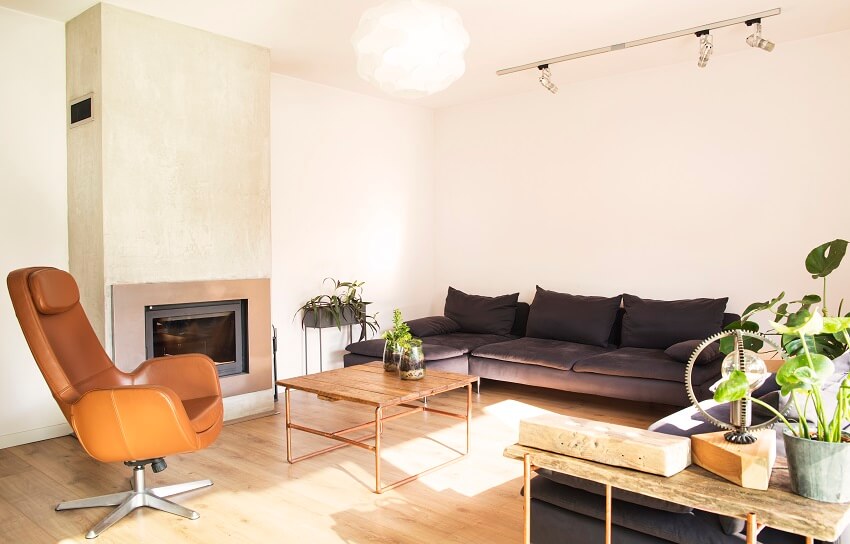
Track Light Advantages
• Adjustable and focused illumination – You can connect tracks or contort them around edges, point some bulbs to the left, some to the right, and some downward, depending on where the light is most required.
• Can tie them together – Several spotlight track heads can be connected to the very same circuit at the same time, saving you funds on your electricity bill.
• Independent control – There are two-circuit lighting systems obtainable that enable you to control two sets of lights mounted on a single rail independently. These two-circuit systems allow you to create different lighting zones within the same area.
• Broader light distribution – General lighting, also known as ambient light, brightens up a space or corridor by using gentler colors, a broader light distribution, or different light hues.
• Provides task lighting – Directed task lighting can be centered on a single table, desk, or other workspaces to provide adequate illumination for various tasks. When you relocate a workstation or a sofa and need the light to follow as well, you can simply readjust the luminary’s direction.
• Can showcase a design feature – Accent lighting can be provided by angling a light against a wall or decorative element to emphasize a particular feature of the architecture.
• Flexibility – Ceiling-mounted beams can be modified to meet your needs as they change. You are not restricted to a single style, and no home refurbishments are required if you want to change the appearance of the room.
• Can match your design style – The lamps can be switched out to match your overall interior aesthetic. From a simple rail system head or spotlight to pendants, you can enhance it depending on the space.
You can upgrade spotlights yourself using your desired track type and pendant, or you can purchase directional fixtures accessories that are already constructed to enhance the overall appearance.
• Space saving – To set up the spotlights, you can recess them into the ceiling to give you additional clearance.
When to Use Track Lights
Track lighting offers focused illumination that spotlights specific areas or objects, making it an excellent way to draw attention to artwork, architectural details, or other key features in a room. The adjustable spotlights can be aimed in various directions to highlight different zones over time. This flexibility suits spaces where lighting needs tend to shift.
With its modern, streamlined look, track lighting naturally complements contemporary, industrial, and modern decors. The spotlights and tracks embody the sleek functionality of these styles.
When to Consider Alternatives
The industrial fixtures may appear out of place in rooms with more traditional furnishings and ornamentation. Homes decorated in classical or historical motifs often rely on elegant lighting choices like crystal chandeliers, sconces, or subtle recessed lights.
Additionally, track lighting requires a more complex installation than other solutions. The tracks must be securely mounted and wired for the adjustable spotlights. This permanent infrastructure suits designs where flexible illumination will be valued long-term. If you prefer simpler lighting sans regular adjustments, more stationary options like flush mounts may better fulfill your needs.
In the right setting, track lighting shines. Its focused beams and flexibility give spaces style and functionality. But be sure to consider the look, wiring, and adjustability involved before committing to install these spotlights.
What do you think about track lighting, do you love them or hate them? Let us know in the comments or share if we missed anything below.

